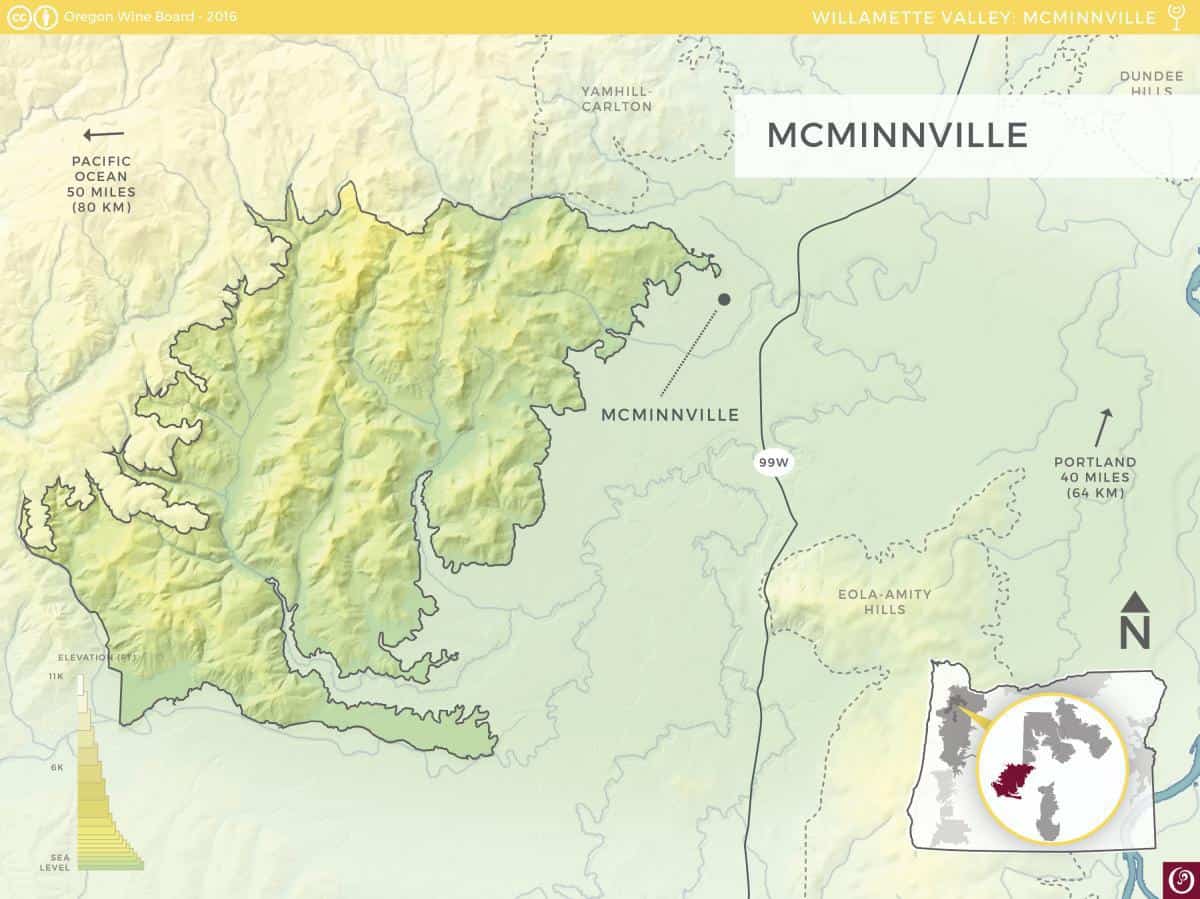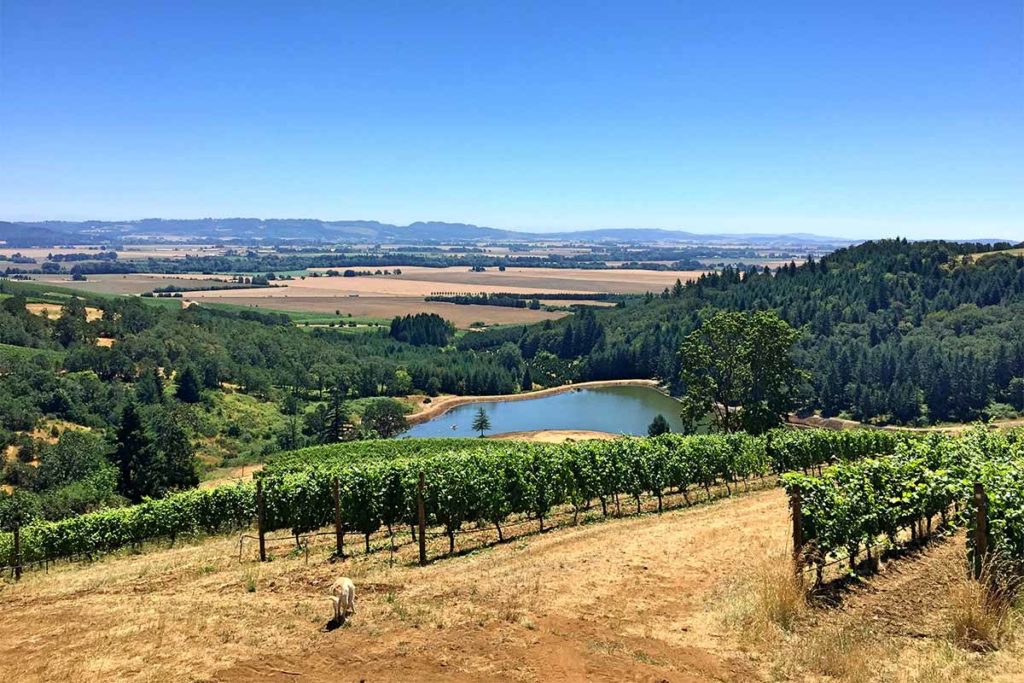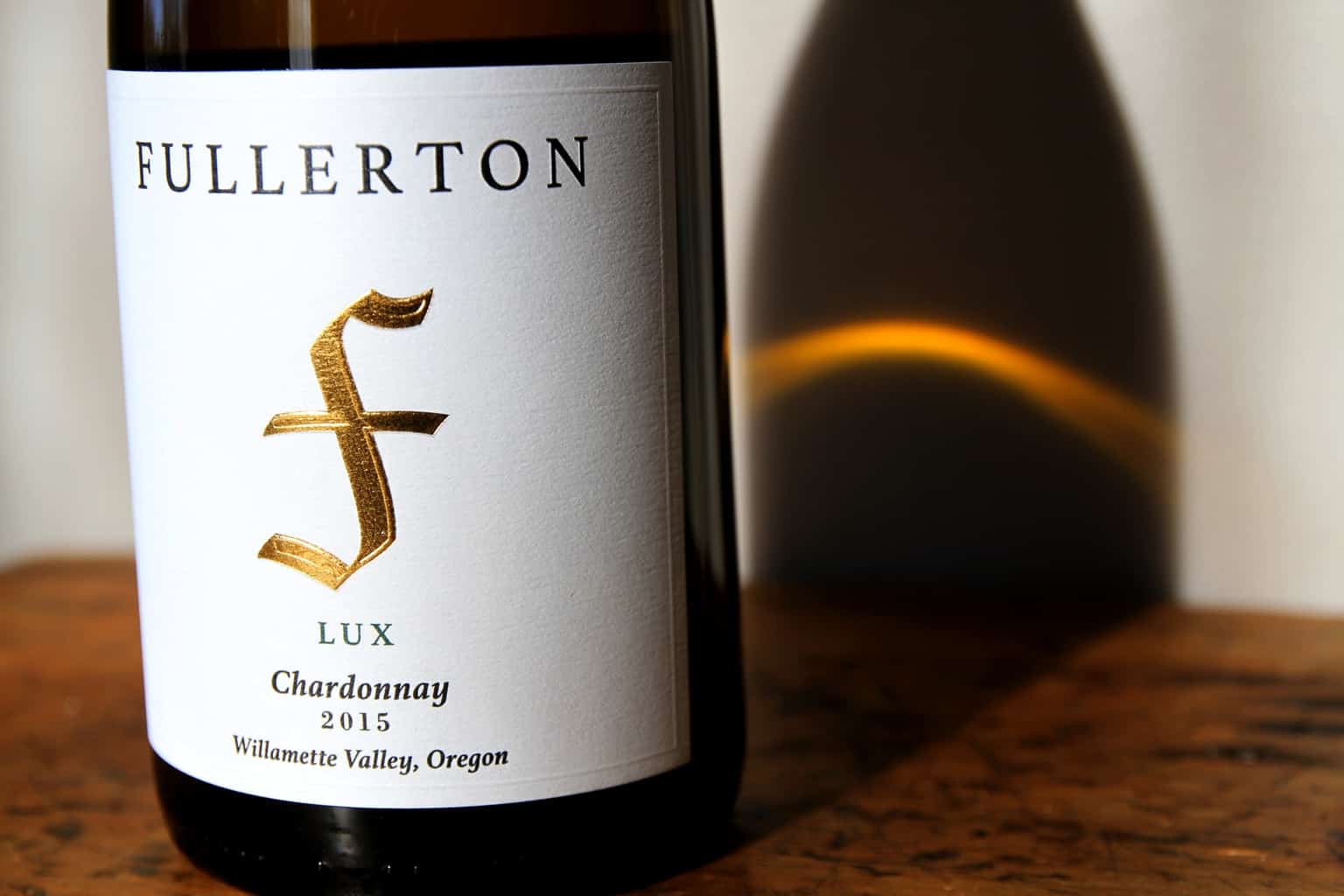The McMinnville AVA: Wind-Blown and Beautiful
Within the broader Willamette Valley American Viticultural Area (AVA) rests six sub-AVAs, including the McMinnville AVA. These smaller AVAs represent specific geographic and climactic areas that produce wines unique to that place. Interested parties, typically wineries, must petition the TTB and U.S. Department of Treasury to establish an AVA. The sub-AVAs of the Willamette Valley earned approval in 2005-2006.

The McMinnville AVA is one of the six sub-AVAs approved at that time. Beginning in the foothills near McMinnville and extending 20 miles south-southwest, this AVA distinguishes itself with the following defining features.
The Van Duzer Corridor
The Van Duzer corridor rests near the southwest corner of the AVA. As the lowest Coast Range pass to the Pacific Ocean, the corridor serves as the primary cooling mechanism for the broader Willamette Valley. Brisk winds come rushing into the warmed valley every evening, and the funneling of the wind through the narrow corridor increases the velocity, especially through the gap and near the eastern mouth. Because the McMinnville AVA sits here, at the opening of this corridor, the strong, cool ocean winds impact these vineyards first. Some vineyards with south or southwest exposures get blasted. Other more protected vineyards experience rapid temperature drops, and indirect winds.
Both the winds and the corresponding temperature drop impact the wines significantly. Most of the great wines of the world require considerable diurnal temperature swings (a large range between the daily high and low temperatures). This swing happens prominently and swiftly in the McMinnville AVA, which helps maintain moderate to high acid levels in the grapes. Acidity plays a noteworthy role in creating balanced, age-worthy wines by adding a yin-yang tension between ripe fruit and vibrant acid. This is arguably more important with Pinot Noir than other varietals. The winds, on the other hand, thicken the grape skins of the notoriously thin-skinned Pinot Noir. This adds structure and deepens the color through increased phenolics, including tannins. The winds also help alleviate disease pressure by keeping the fruit dry.
The Coast Range
Great wine grapes frequently grow at some elevation on some degree of slope. The Coast Range provides both elements. In fact, the AVA is defined by elevation with a lower limit of 200 feet and an upper limit of 1,000 feet (common boundaries for sub-AVAs in the Willamette Valley). Additionally, the Coast Range creates a rain shadow effect. The average annual rainfall of 33 inches contrasts noticeably from other areas only 15-20 miles east that receive 39 inches.

Momtazi Vineyard
Fullerton Wines proudly makes Pinot Noir from Biodynamic® Momtazi Vineyard, which resides in the McMinnville AVA. All of the aforementioned factors, in conjunction with the Biodynamic® practices at Momtazi Vineyard, lead to impressive, highly pigmented Pinot Noirs with strong backbones of acidity and tannin. Black fruit and earth aromas and flavors serve as hallmarks in Momtazi Vineyard wines. Taste and see by enjoying our single vineyard designate Momtazi Vineyard Pinot Noir. Each year, a significant portion of our Five FACES Willamette Valley blend comes from Momtazi as well.
Enjoy the liquid magic created by climate, geography, and geology in this specific place, the McMinnville AVA.


